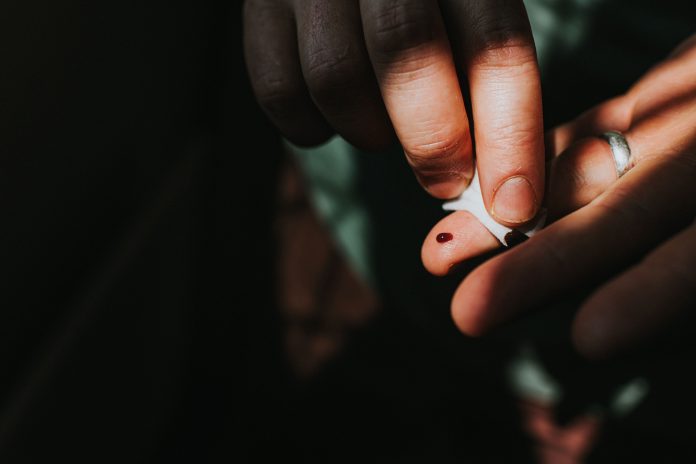Said research comes from India and the results were ascertained after more than 200 patients were infected with a range of Omicron BA.2 strains.
According to the data published in the Cureus Journal of Medical Science, 82 percent of respondents experienced a fever.
Furthermore, just under half had a cough and more than a third had cold symptoms.
Other symptoms included:
• Fatigue
• Headache
• Muscle pain.
READ MORE: Haematochezia is early sign of bowel cancer – seen in 89% of cases
As to recovery, most of the patients didn’t require treatment to recover.
Furthermore, only five percent required hospitalisation, just over four percent required oxygen.
However, three people who took part in the study died.
As to the specificities behind the variants studied, the main variant of focus was Omicron BA.2, also known as ‘stealth Omicron’. But this isn’t what makes these findings stand out.
DON’T MISS
According to new data released by the Office for National Statistics (ONS), the number of positive cases has begun to rise again in England for the second week in succession.
This has caused concern among NHS leaders as the health service is creaking under the pressure of a pandemic, waiting lists, and departing staff.
Speaking to the Financial Times, director of policy and strategy at NHS Providers said the rise in case numbers had cause a rise in hospitalisations.
She said, any rise in hospitalisations “will continue to pile the pressure on the NHS, which is already coming under severe strain across every part of the system”.
She added: “Increases in flu, norovirus, diarrhoea, and vomiting bugs are taking their toll on hospital capacity, with bed occupancy above levels considered safe.”
Emeritus professor of applied statistics at the Open University Kevin McConway added: “Covid never went away, we’re going into winter, and it’s getting colder.
“In fact infections in England are at about the level that they were almost exactly a year ago, when most people, including me, were feeling pretty good about the Covid situation.”
So, while Covid case numbers are similar to how they were this time last year, the virological picture outside of the NHS is less bleak than it was as we headed towards the end of 2021.









![Best Weight Loss Supplements [2022-23] New Reports!](https://technologytangle.com/wp-content/uploads/2022/12/p1-1170962-1670840878.png)




